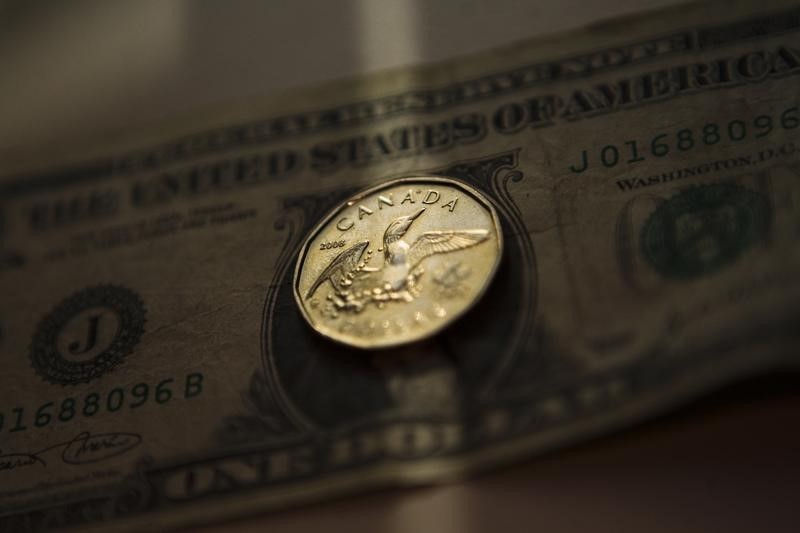Investing.com - The U.S. dollar moved lower against its Canadian counterpart on Wednesday, after the Bank of Canada left interest rates unchanged, although declining oil prices appeared to limit the Canadian currency’s gains.
USD/CAD hit 1.2955 during early U.S. trade, the pair’s lowest since July 7; the pair subsequently consolidated at 1.2972, retreating 0.59%.
The pair was likely to find support at 1.2872, the low of July 7 and resistance at 1.3133, Tuesday’s high.
At the conclusion of its policy meeting, the BoC held its benchamark interest rate at 0.50% in a widely expected move.
In its monetary policy report, the central bank said inflation in Canada is on track to return to 2% in 2017 and that growth should continue to pick up, although the implications of the Brexit vote are highly uncertain and difficult to forecast.
Market participants were still eyeing a press conference by the BoC due later in the trading session.
Investors also continued to focus on other upcoming central bank decisions amid growing expectations for the announcement of additional stimulus measures.
At its meeting on Thursday, the Bank of England could potentially cut interest rates to fresh record lows and step up quantitative easing measures to cushion the U.K. economy from the fallout from Brexit.
Expectations for a fresh package of stimulus measures by the Bank of Japan were also heightened after Japanese Prime Minister Shinzo Abe’s ruling coalition increased its majority in the upper house in parliamentary elections on Sunday.
However, the Canadian dollar’s gains were limited as oil prices turned lower on Wednesday amid speculation weekly supply data due later in the session will show U.S. crude inventories rose unexpectedly last week.
The loonie was higher against the euro, with EUR/CAD declining 0.38% to 1.4378.
